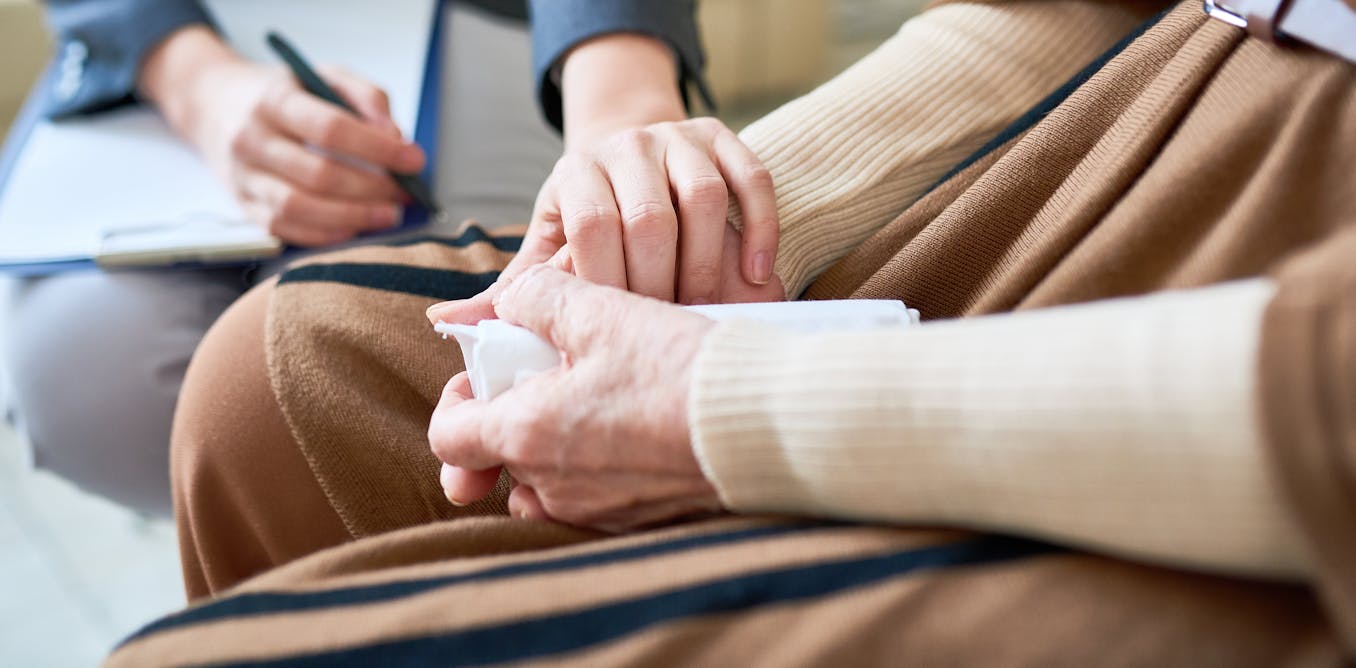urgent strategies to prevent suicide among older people

Suicide among older adults is an alarming and often ignored problem. While the focus is on the youth, the elderly also face serious challenges that can lead them to this tragic decision. Understanding and addressing these factors is critical to improving your quality of life and mental well-being.
The invisible problem
The World Health Organization (WHO) has indicated that suicide rates among people over 70 years of age are higher than other age groups in almost all countries. This highlights the urgent need to pay attention to this sector of the population.
As we’ll explain in detail later, common risk factors include social isolation, unwanted loneliness, depression, hopelessness, chronic pain, and debilitating illnesses. These are circumstances that often go unnoticed or are not properly addressed.
“Life is divided into three concepts: what was, what is and what will be. Let us learn from the past to benefit from the present, and learn from the present to live better in the future.”
These words from the English poet William Wordsworth (1770–1850) highlight the importance of learning from experience to improve the lives of our older people.
Risk factors
The conditions that have been shown to be most likely to be associated with suicidal behavior in this age group are:
-
Social isolation and unwanted loneliness. Many older people live without company, which can lead to deep feelings of hopelessness. Unwanted loneliness is especially harmful for these people, as it can significantly increase the risk of depression and suicide. A lack of regular social interaction can worsen mental health problems.
-
Depression. In older people it is often undiagnosed. It can be triggered by the loss of loved ones, retirement, or a decrease in psychophysical abilities.
-
Disabling diseases. Conditions such as osteoarthritis, heart disease, and cancer can cause constant pain and feelings of worthlessness. These diseases can also lead to “masked” depression, in which emotional discomfort manifests itself through physical symptoms (somatization). What we do know is that there is a strong link between self-rated overall health and suicidal ideation.
How can this be prevented?
Preventing suicide among older adults requires a comprehensive and compassionate approach. Here we explain some key strategies:
-
Social support programs. Providing older adults with opportunities to connect with others, whether through support groups, community events, or volunteering, can reduce feelings of isolation and unwanted loneliness.
-
Community intervention. Train caregivers of older adults to look for signs of depression and other problems, such as social isolation, loss of interest in daily activities, or changes in sleep habits.
-
Access to mental health services. Ensuring older people have access to psychological and mental health care tailored to their needs can make a big difference.
-
Family involvement. It is essential to involve family members and caregivers in providing emotional and physical support to older adults. First of all, it is necessary to strengthen connections between generations. Moreover, learning how to recognize and respond to warning signs can save lives.
-
Public Policy. Sufficient mental health resources for older people must be guaranteed. This includes funding for public programs and health services.
-
Gender perspective. Specific intervention should be conducted with older men, who have the highest rates of suicide. For example, limiting access to lethal means and better understanding the factors that lead to the selection of certain methods are critical steps for effective prevention.
Call to action
In conclusion, preventing suicide among older adults requires the collaboration of families, communities, health care providers, and legislators. Implementing effective and compassionate strategies can help our seniors live with the respect and dignity they deserve.
As Victor Hugo (1802-1885) wrote: Les Miserables:
“The greatest happiness in life is the confidence that we are loved. We loved for ourselves, or rather, we loved in spite of ourselves.”
Making older people feel valued and loved can make a big difference in their lives.
